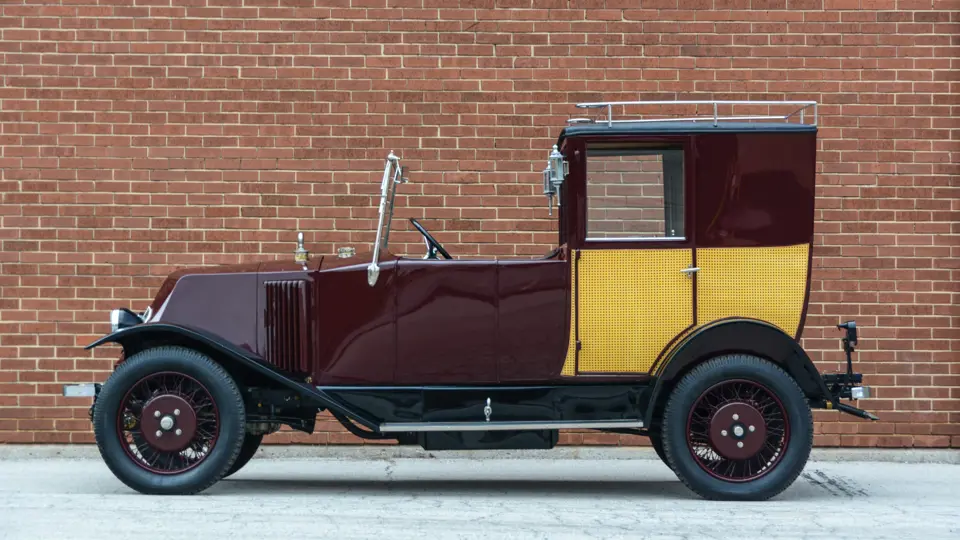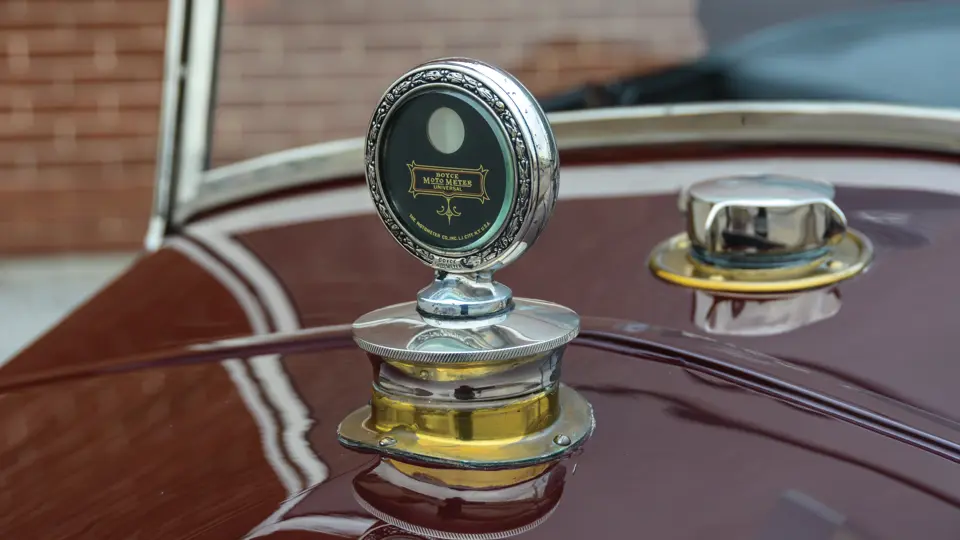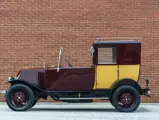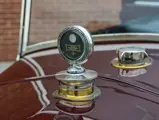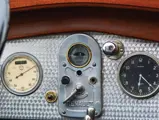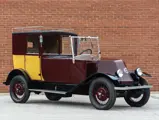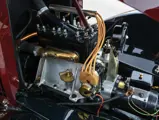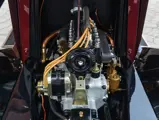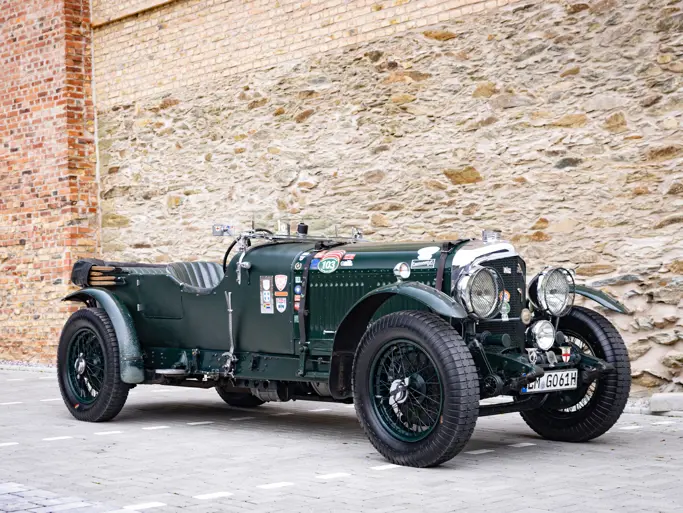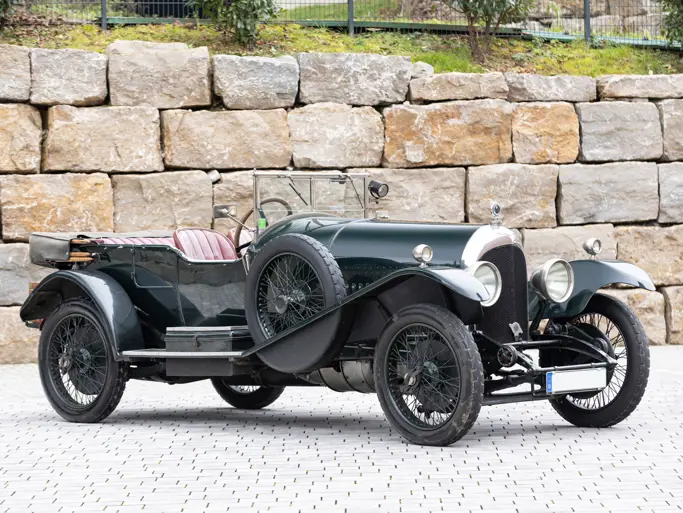Renault debuted the now famous line of 6 CV in 1922, beginning with the KJ type, followed by the MT and the NN in 1924. The NN proved to be a popular middle-class family car powered by a four-cylinder 951 cc side-valve engine. In 1927 an NN piloted by Lieutenant George Estienne famously drove 18,000 kilometers in 36 days across the Sahara and French West Africa, reportedly with only one spare part and a can of oil.
This delightful Renault NN is rather unusual in that it has been fitted from new with this coachbuilt town-car body by Henri Labourdette of Paris. Labourdette bodies were known for their quality and creative design, and this car is certainly no exception. The standard Renault “shovel nose” front end is retained, but from the scuttle back, it is all Labourdette. The driver’s compartment is open and protected by a nickel-frame windscreen. The passenger compartment is lavishly decorated with cane-work panels, nickel roof rack, nickel carriage lamps, and a split divider window that features two separate opening panes. The passenger compartment, trimmed in tan fabric, is elegant and comfortable.
The NN presents beautifully, with the older restoration performed by Hillcrest Motor Company of Los Angeles having taken on a moderate patina. It is not over-restored, and the paintwork remains in very good order, with minimal blemishes and good-quality detailing. Cane work on the rear panels is excellent, with no signs of peeling or damage. The maroon body is accented with black fenders. Most NN models featured disc wheels; this car is fitted with wire wheels—presumably selected to better complement the expensive Labourdette coachwork.
The rare and finely crafted coachwork make this attractive Renault NN a most desirable piece for any collection.
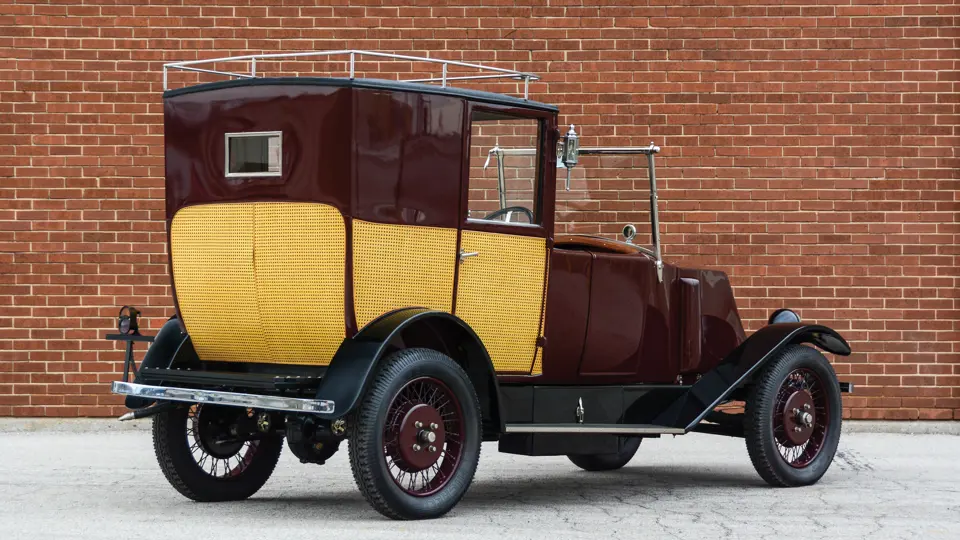
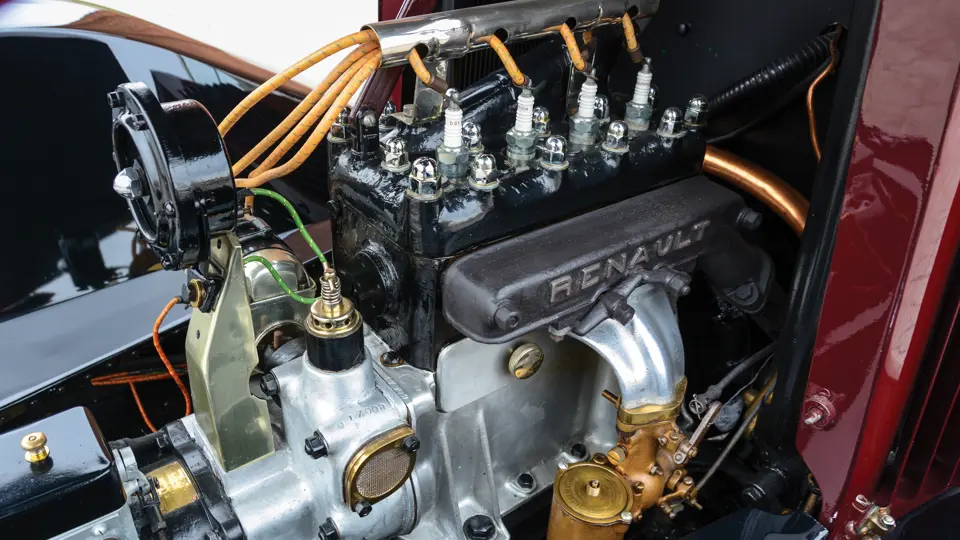
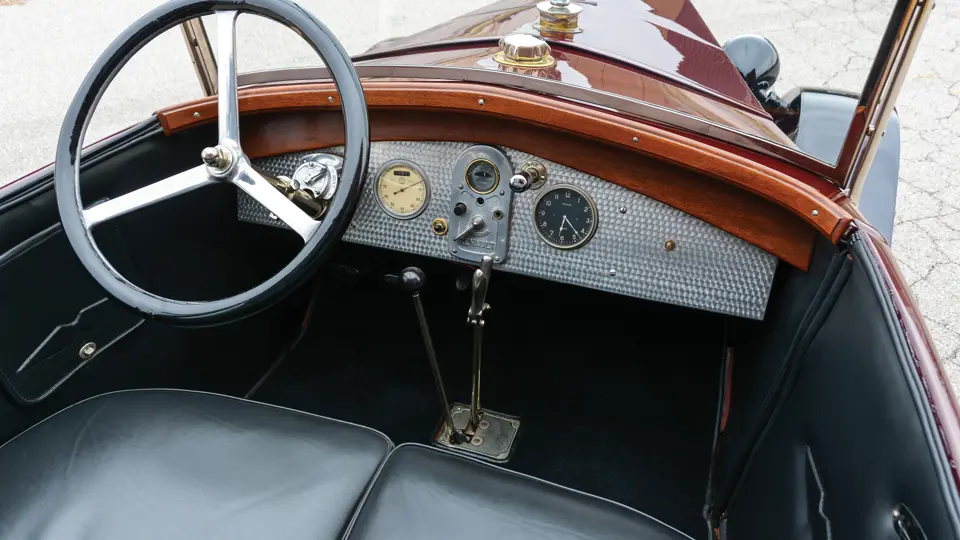

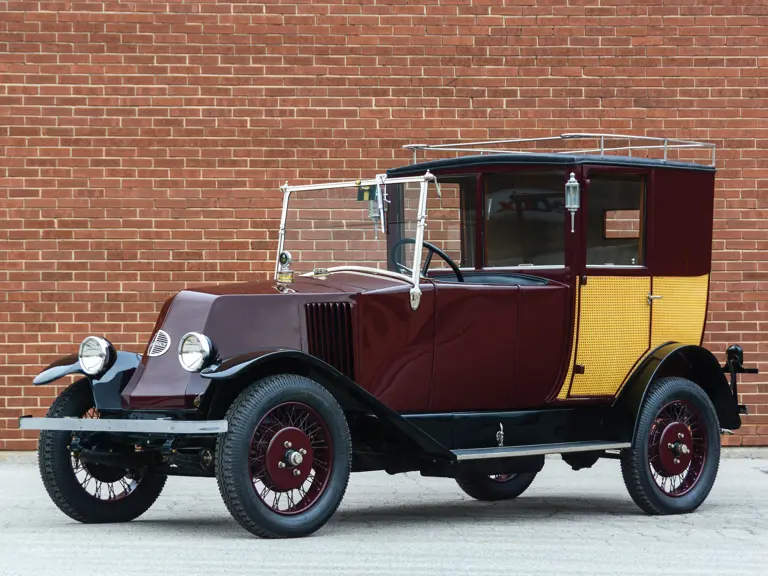
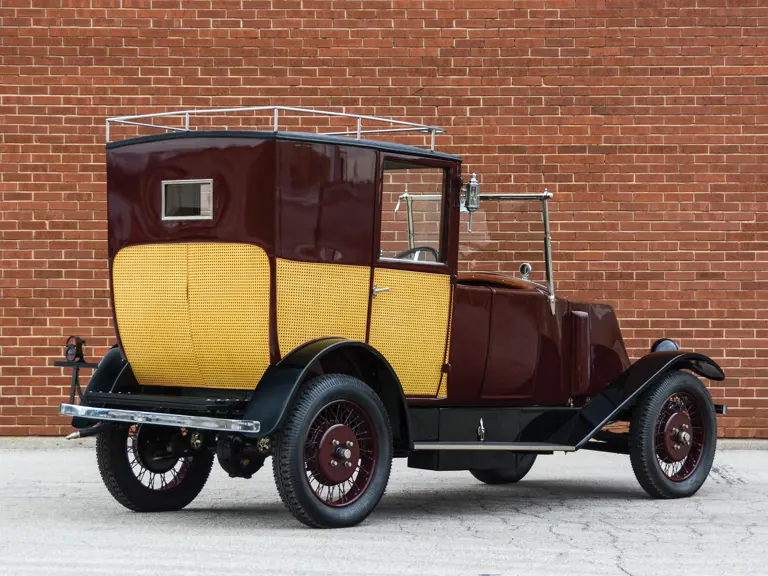
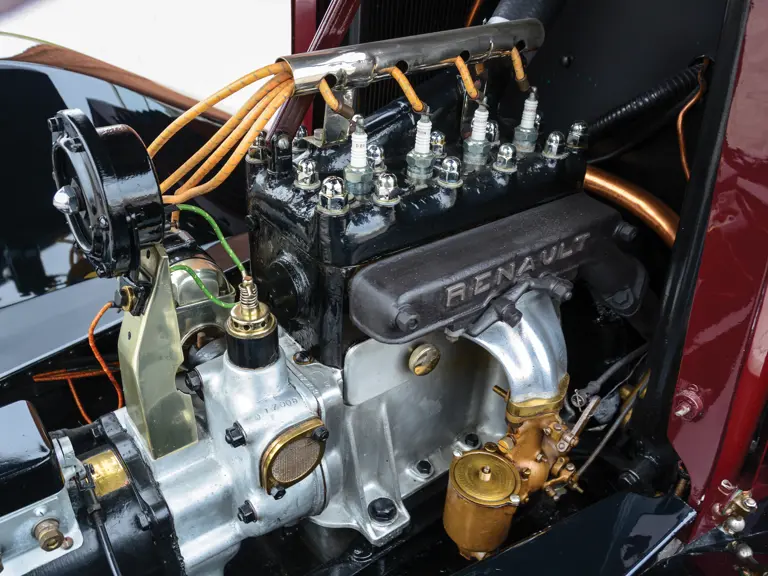
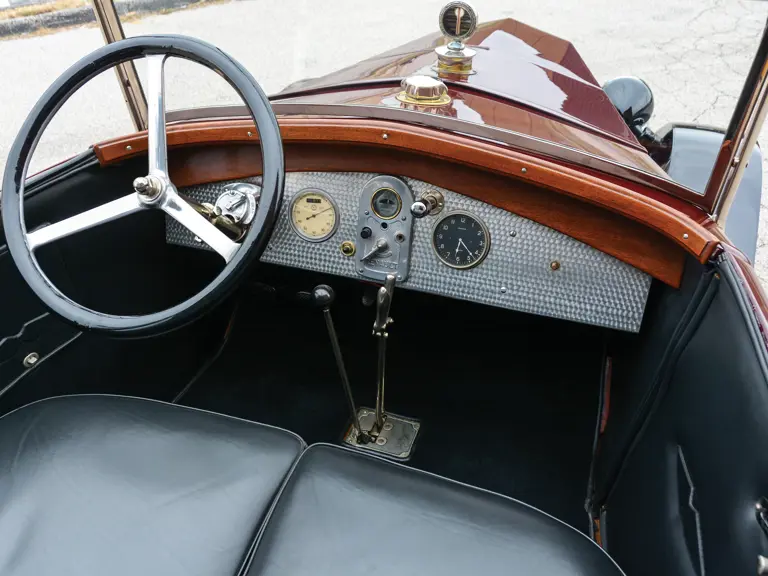

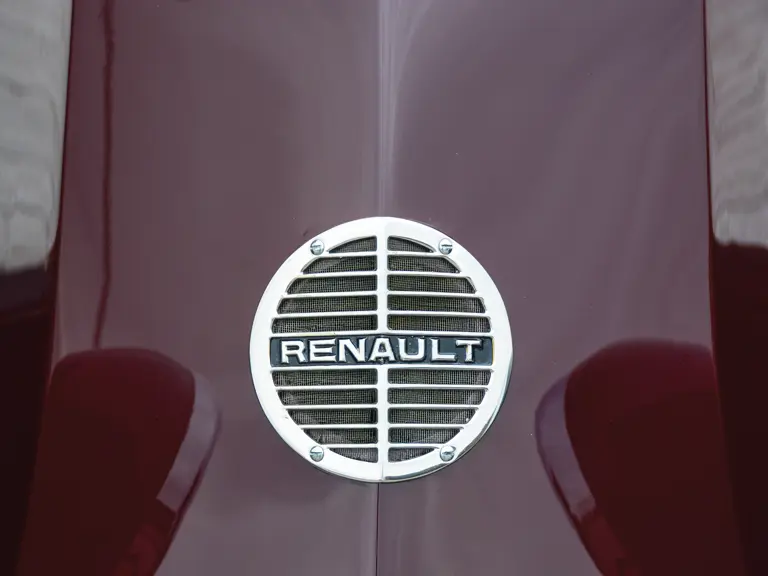
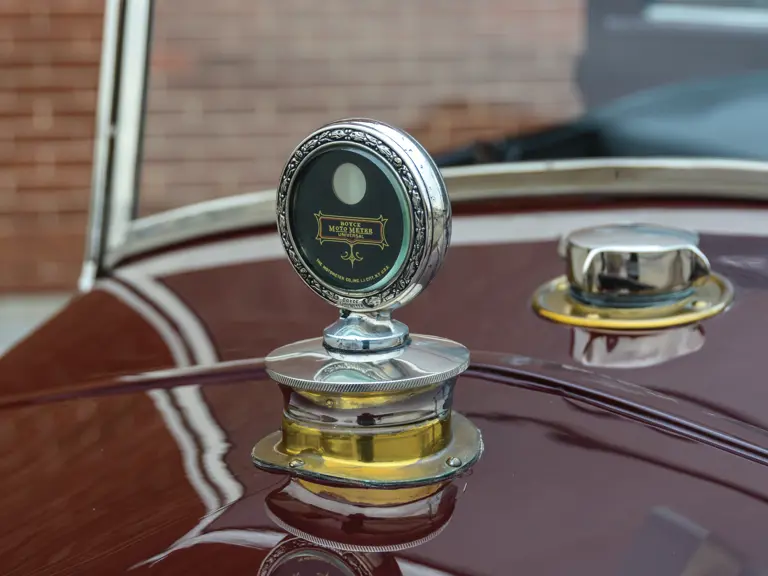
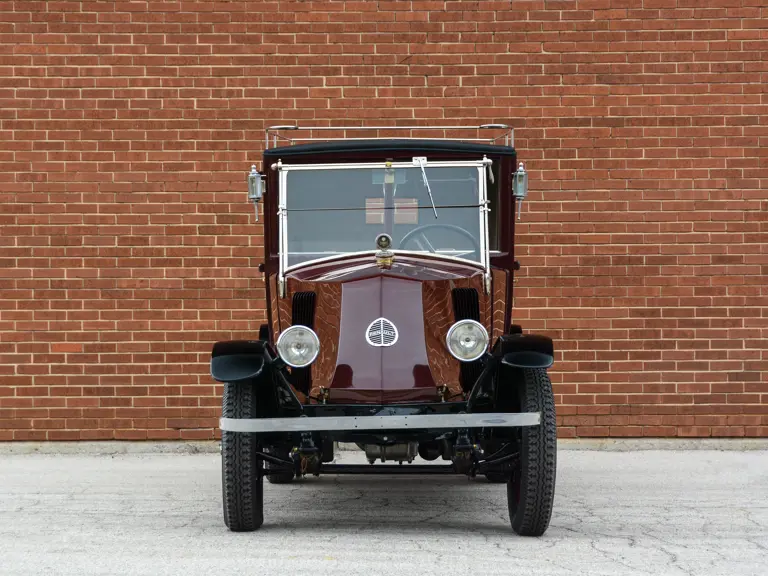
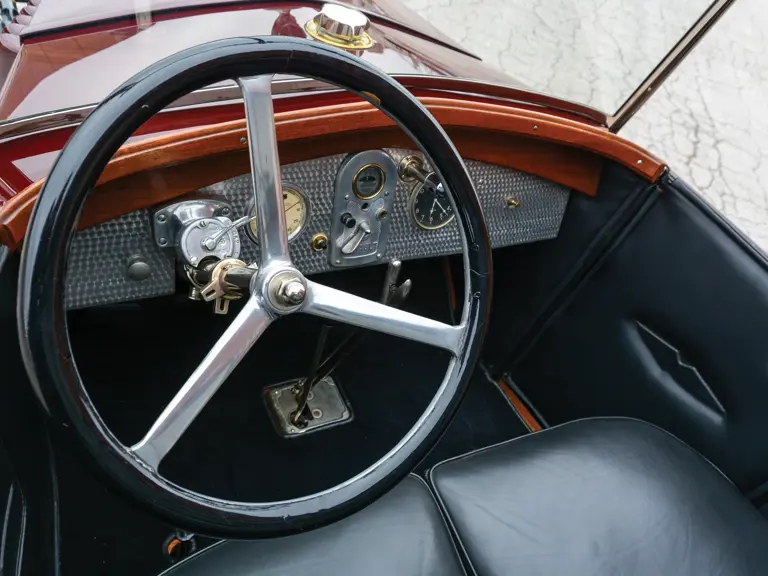
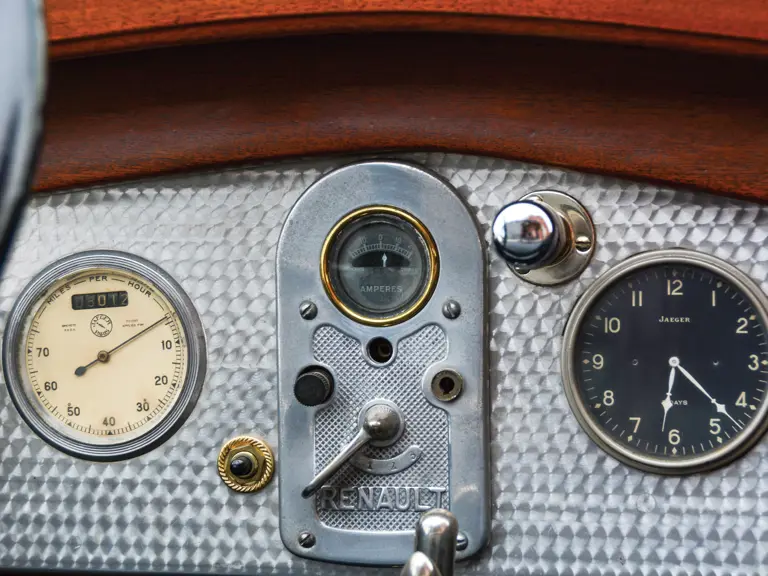
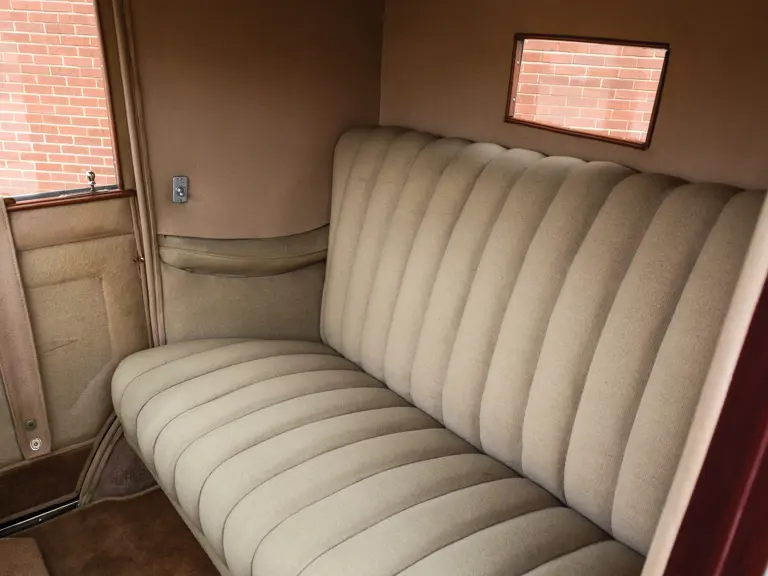
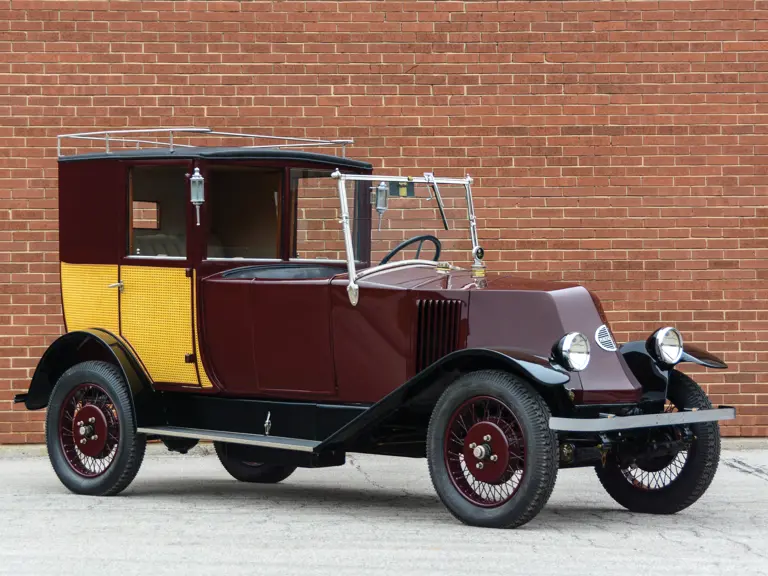
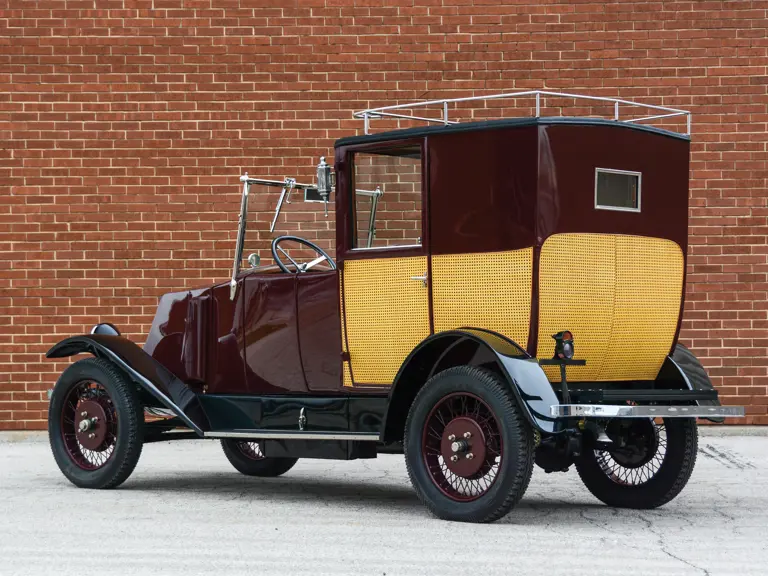
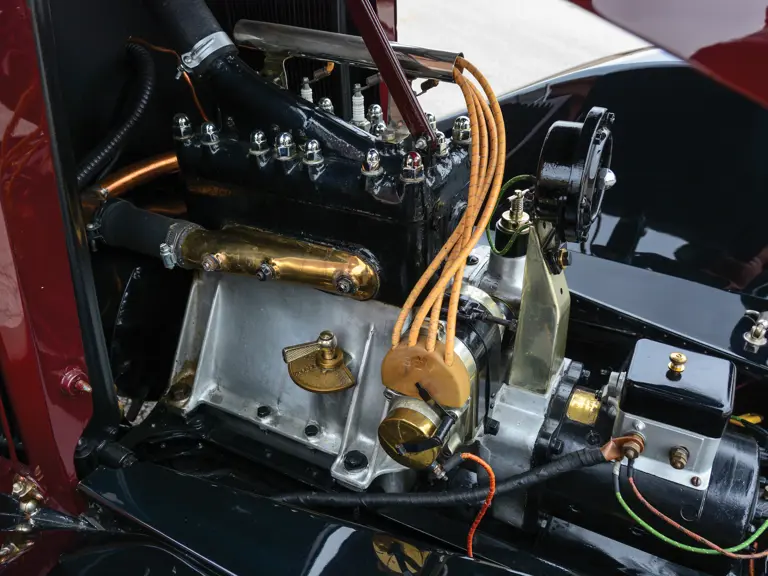
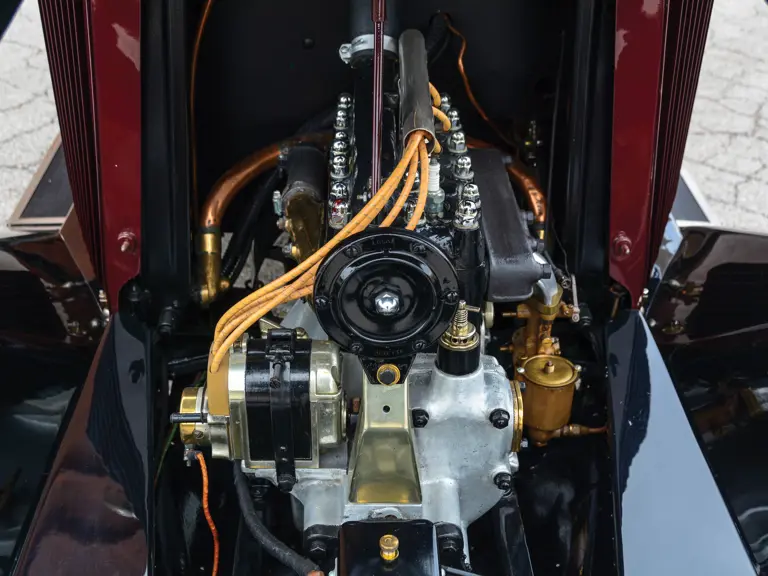
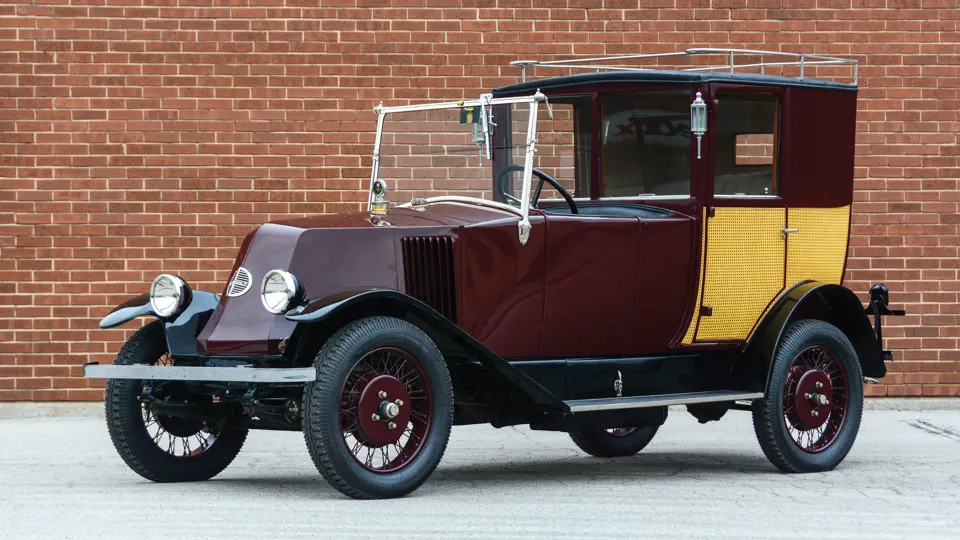
 | Amelia Island, Florida
| Amelia Island, Florida
